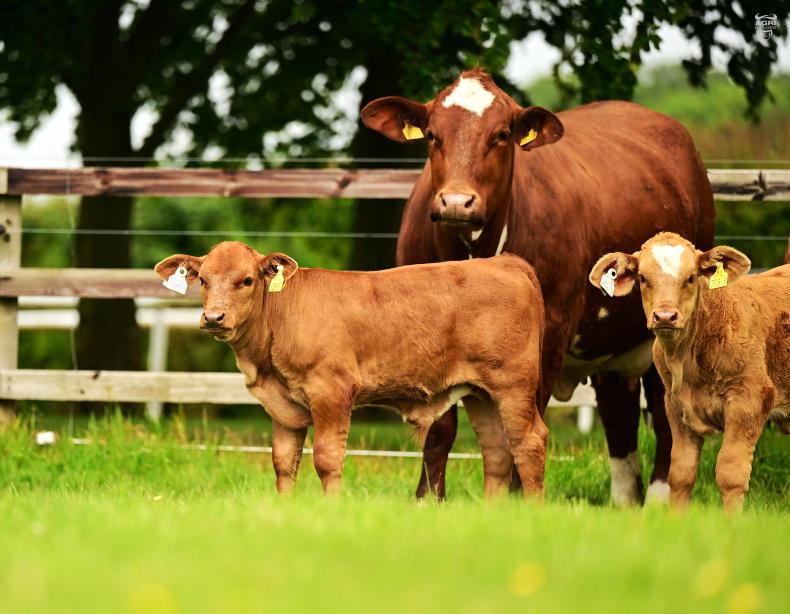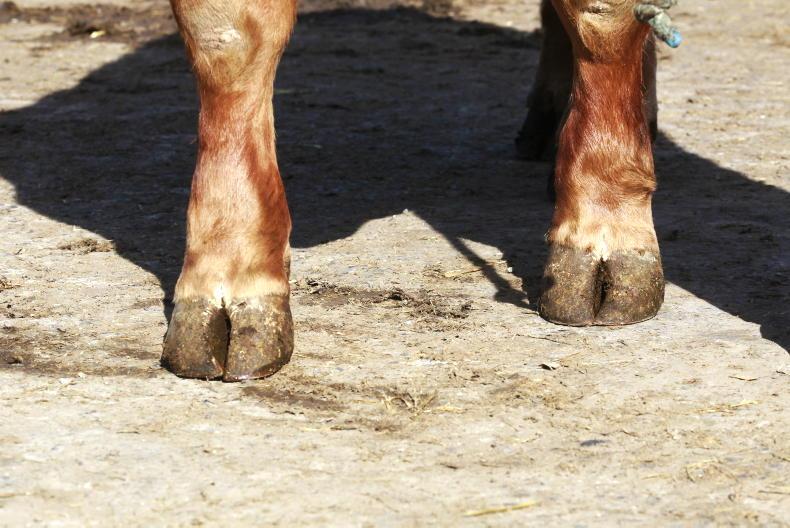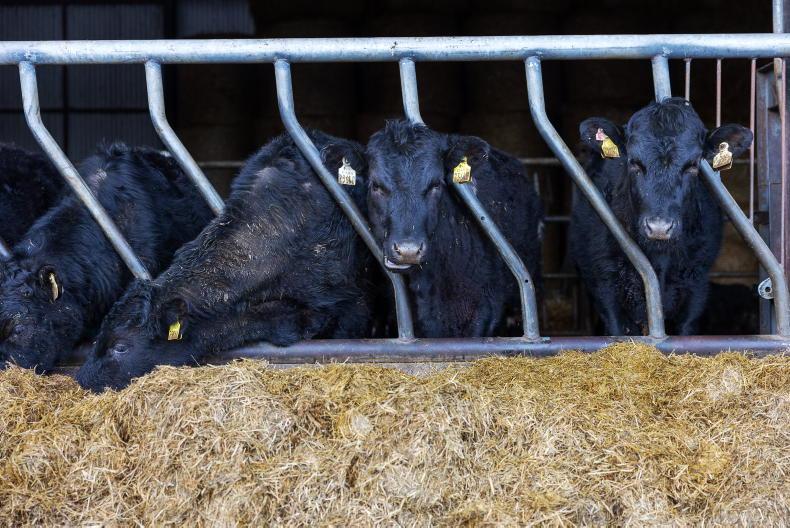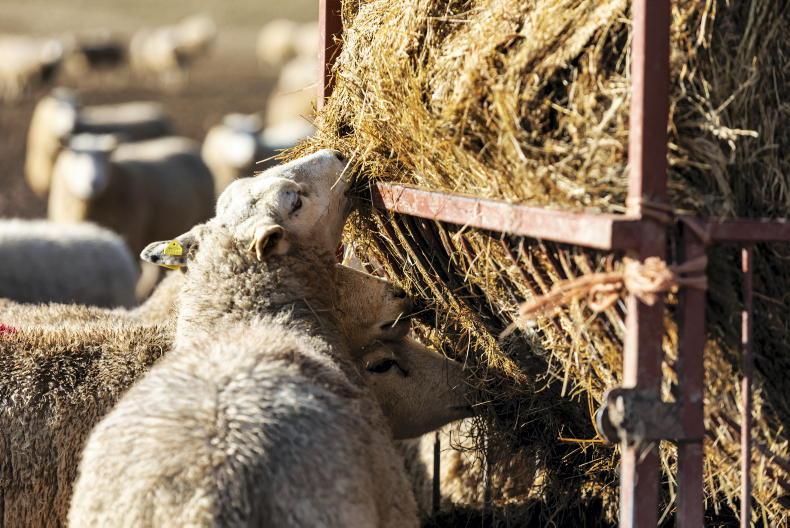Although a little later than many would have liked, the warm settled weather is very much welcomed by all farmers.
While the weather had been wet for the majority of July and August, growth never faltered much. Now with warmer air temperatures during the day and less rainfall, we are seeing growth conditions remain strong in a time when we would usually see them drop off.
What this has resulted in is a build of grass covers on farms much sooner than anticipated. While ground conditions are good at the moment, grazing covers of 1,600-2,000kg DM/ha is fine and can be managed relatively easily. However, covers heavier than this will be slower to recover post-grazing and should the weather turn, will be difficult to graze. The question is ‘can I mow out these paddocks now?’.
If growth is well in excess of demand and farm cover is higher than you would like, than yes, you can mow out these paddocks. The risk is that much the same as grazing them, recovery will be slow on these paddocks and there is a risk that grass could run tight later in the month.
It’s very farm specific, and farms that are traditionally dry and can get away with grazing heavy covers are likely to resisit the urge to mow.
Derek O’Donoghue – Salesian College, Co Limerick
We are ok for grass, though it’s a challenge to build cover and maintain quality. For our dairy beef calves and weaned lambs, we are targeting pre-grazing yields of 1,200-1,300kg DM/ha.
We are locked up with TB on the dairy side of the college, meaning we have surplus grass to graze, so half of the dairy beef calves (70) will be moved to the dairy platform in the next week.
The last of the fertiliser went out on Tuesday on the drystock side, with 25 units/acre of N being spread. Utilisation is good due to the drier spell and the lower covers for the time of the year. Lamb performance hasn’t been where we like, so concentrates have been introduced with a target to finish most lambs inside a month.
System Dairy beef
Soil Type Free draining
Farm cover (kg/DM/ha) 851
Growth (kg/DM/ha/day) 51
Demand (kg/DM/ha/day) 33
Stephen Frend – Newford Herd, Co Galway
We drafted the first of the 2022 born heifers last week, with 570kg average liveweight and a carcase weight of 300kg, grading R=4-. Twelve heifers were slaughtered, with the remaining 14 now on meal, in addition to 15 of the most forward bullocks.
We hope to get these finished in the next month. The remaining bullocks are still on grass-only, with a current liveweight gain of 1kg/day.
Weaning will begin this week, with cows being housed for four to five days after, which should help drop demand temporarily. We are creep grazing calves and feeding concentrates ahead of cows. The last round of fertiliser has begun, with 15-20 units of 38N + 7S being applied. Roughly 120kg N/ha has been spread so far this year.
System Suckler to beef
Soil Type Free draining
Farm cover (kg/DM/ha) 953
Growth (kg/DM/ha/day) 59
Demand (kg/DM/ha/day) 47
John Dunne – Portarlington, Co Offaly
Fodder rape went in on Tuesday. We usually sow after harvest in to stubble ground, but with the delayed harvest we decided to plough 14 acres and sow it in to this.
This ground will receive 1.5 bags/acre of 27-2.5-5 after sowing, with 100 bales of silage strategically placed throughout the field to allow for roughage to be fed as cattle graze the rape.
This ground will be destined for sowing with barley next year.
We were running a bit tight on grass, but with the warm, settled weather we are seeing growth push on a bit. Second cut ground is coming back into play, with this having received 0.5 bags/acre of protected urea post silage harvest. Calves did receive a bit of a setback with lungworm but are recovering well now.
System Suckler/ dairy calf to beef
Soil Type Free draining
Farm cover (kg/DM/ha) 517
Growth (kg/DM/ha/day) 54
Demand (kg/DM/ha/day) 27










SHARING OPTIONS